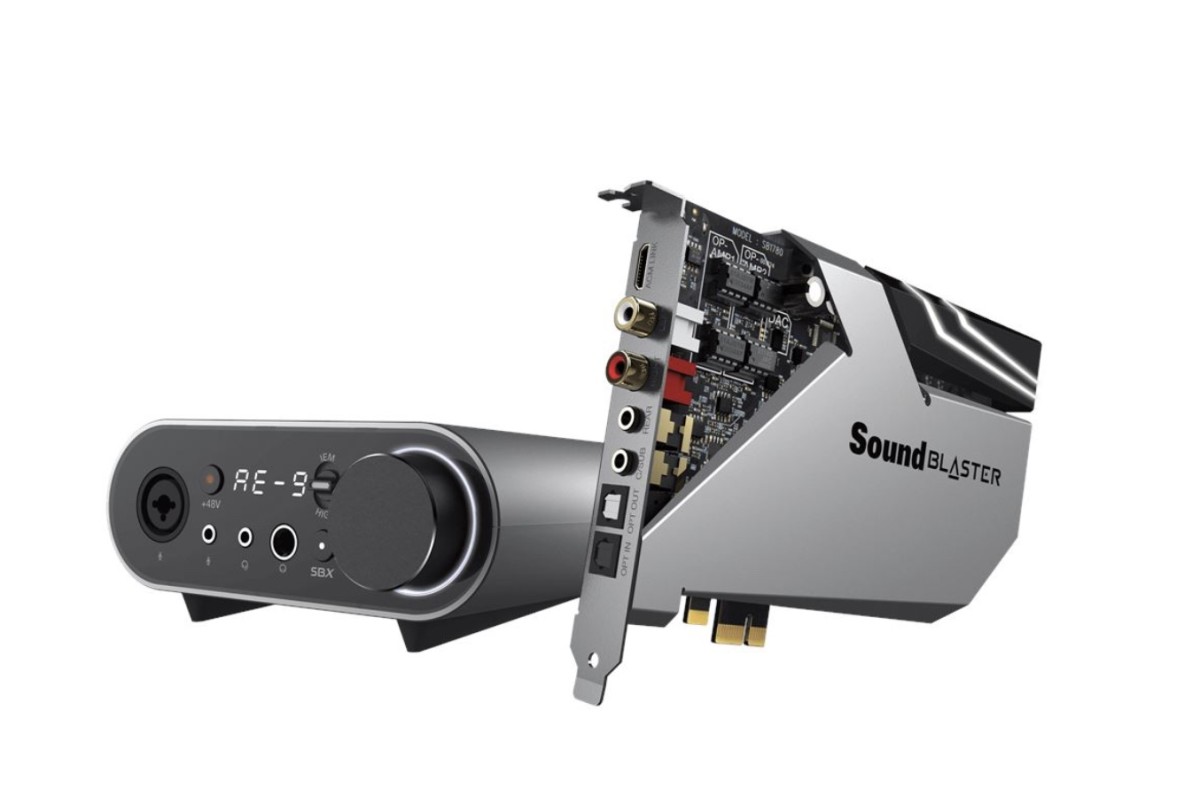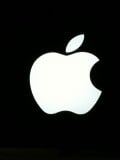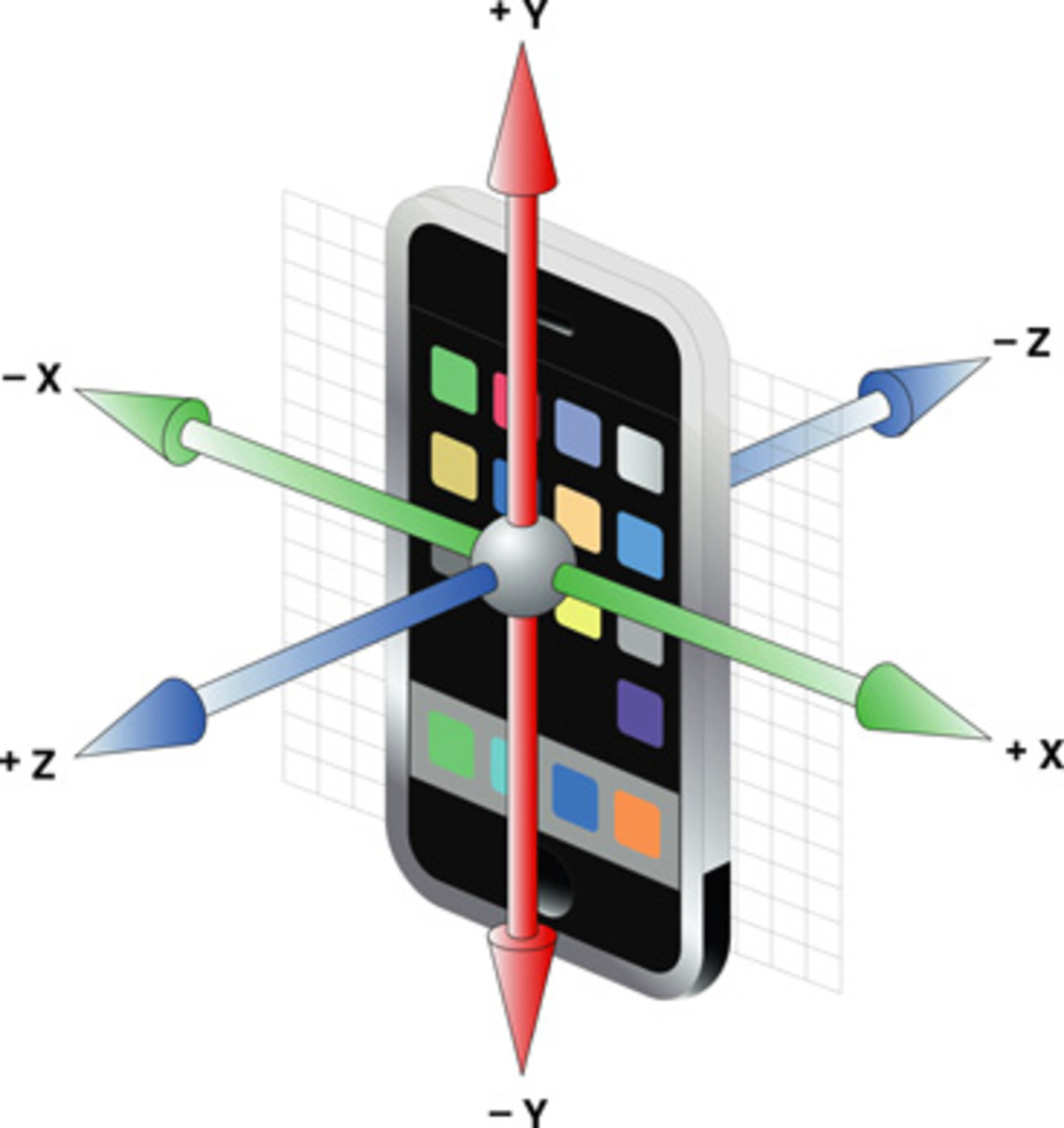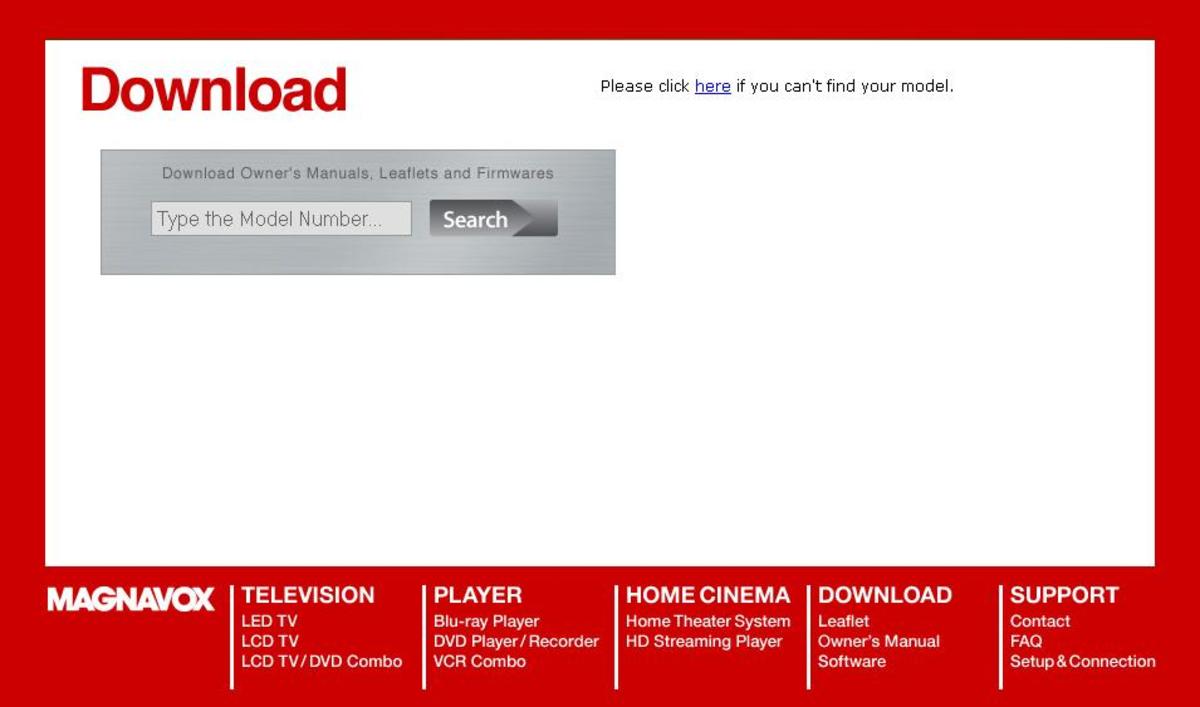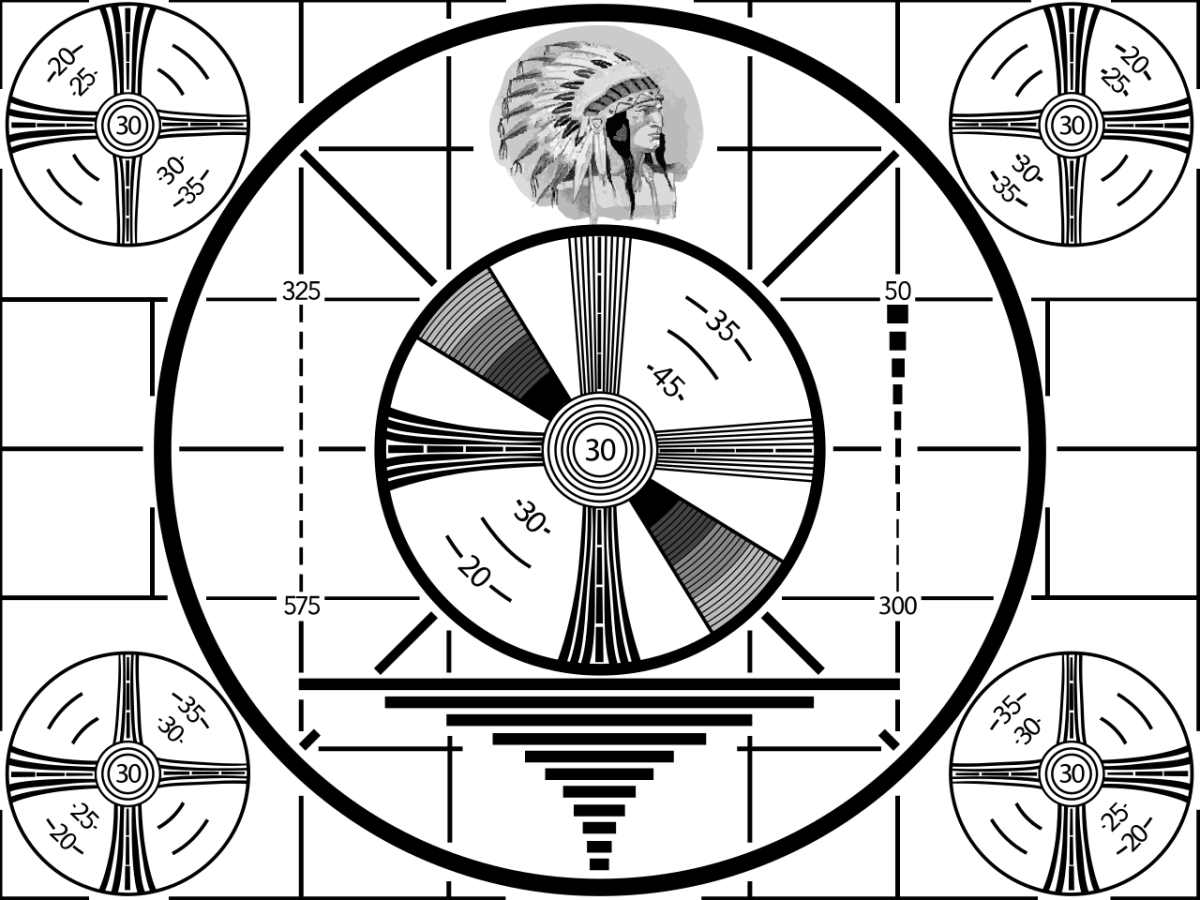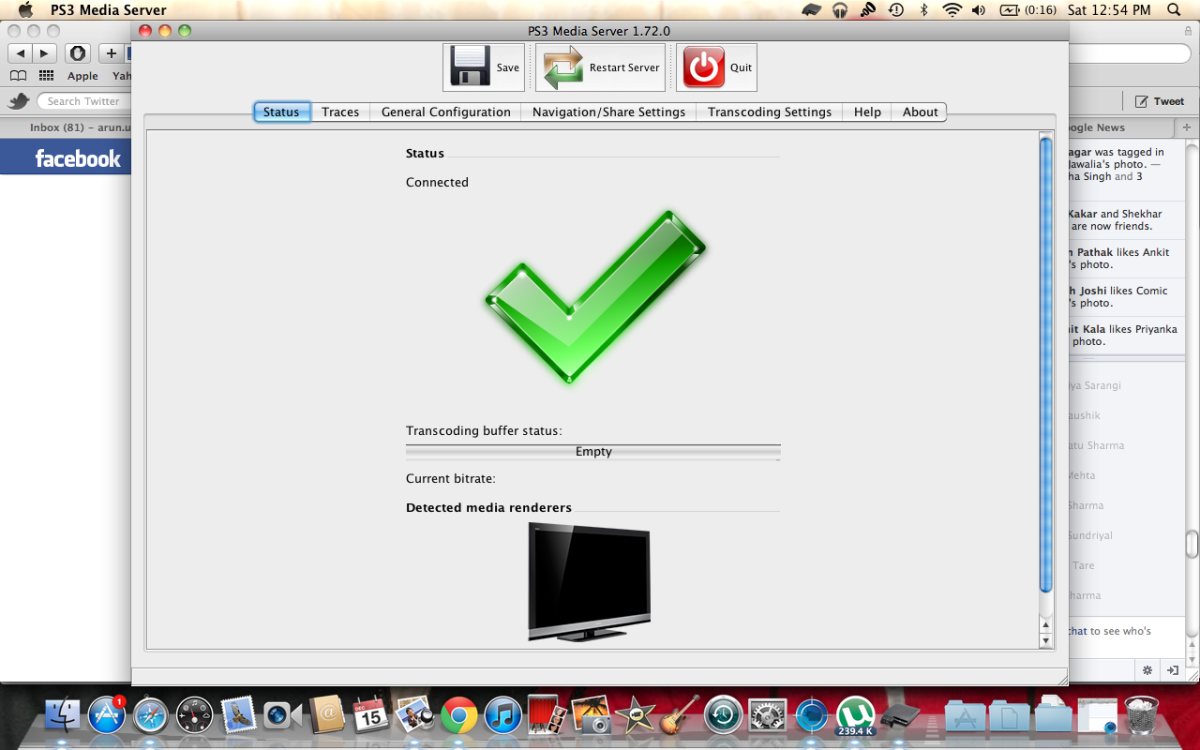Apple Are Expanding into the TV Market: Everything You Need to Know
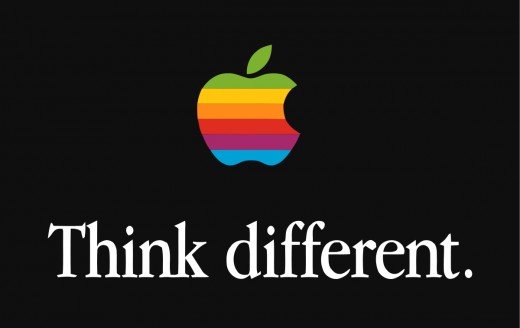
Apple. Stairway to Apple Tree
Apple have been the technology company that stands out among all tech companies within the tech industry. No other technology company has ever taken quite as many leaps of faith as Apple has, and this is largely due to their leadership.
Apple is best known for its routes, and this brings into the room the likes of Steve Jobs and Steve Wozniak, the two founding members behind the Apple brand.
Before we can dive into what Apple Tree is, we must first take a better look at the company and their achievements that they have had, to date.
Apple Leaps of Faith
Apple stands for tech genius (girlfriend to which is Siri). Innovation. Industry leading experts. And so much more (to belittle their competitors into an unfair battle to death), that starts to sound a little like Android vs. iOS. Unfair, to be quite frank.
The first move that Apple made that truly redefined the tech universe was the Apple Macintosh, first launched to the world in the early 80s. This computer was their first product to actually lose them money, and it was ultimately decided to continue the sales of the Apple 2, a product, which at the time, was wielding the companies overall span of focus. This soon led to the exiting of Steve Jobs from the Apple company, entirely.
"Steve Jobs at this time, saw the Macintosh home personal computer as being so much more than just a failing product launch (which, it was), but as being the future for all computers. Sadly, the shareholders at the time saw things differently, and between the CEO of Apple and the executive directors, they all cast a vote that would fire Steve Jobs from his acting position within the company."
Only for Steve Jobs to return to Apple in the 90s through a company buying acquisition for Next - a computer software company, that was aiming its product towards the education industry.
The acquisition may arguably have been simply to get their hands back on Steve Jobs, who would CEO his way back into the Apple game of revolutionising the tech industry, and this was done in one fine decision, which can all be wrapped up under one word (and a letter), the iMac. Essentially, bringing back the once failure, Macintosh computer.
The iMac was a revolutionary product in the 90s, won over the personal computing tech world, and anyone who could afford one wanted an iMac. They had a big-back computer box for a design, but when compared to the look of all of the other PC's on the market, they were all out of touch with the consumer.
The iMac came in a variety of different colours, it was premium (with a premium price), and had software that could not be compared to other PC's in that it was evolutionary from its hardware right down into the software. The i simply represented that the product that thusly had the letter before the product name, was mine and mine forever. A quirk to some, but to others a revolutionising marketing branding exercise.
Essentially, Apple was on a mission to change up the computing world and show what their software and hardware was made of. Apple had technology that other companies could not understand, and even to this very day still dwindle at the starting line with technology that can not quite run.
The second leap of faith came in the form of the miniature, but stylish looking iPod. This product launch in the new millennium and unfolded the potential behind the music industry, in having fast access to a whole massive library of seemingly endless music. Of course the product came with its very own software, and what amazed so many people at the time was iTunes, a piece of software unlike anything else ever seen before or after it.
Essentially, iTunes was the place where you would go on your iMac to pay and download tracks/albums digitally direct onto your iPod. It was one of the funnest pieces of tech that a person could hold back when it was first launched, and breathed new life into the personal tech devices that could be held in the palm of your hand.
Apple, basically sought to go after Sony's Walkman MP3 device that was the market leader at the time for MP3 players, as they wanted to bury the branded device for good, as Steve Jobs himself saw the flaws in the products design.
"Steve Jobs was a marketing visionary, and could see the future of tech devices/products that people would unanimously pay whatever the dollar price to have and behold. These tech instruments would enable the impossible to simply become the everyday, and they would all be wrapped under one neatly designed, and painted piece of hardware that consumers would love, in the inside as much as the detailed, polish finish of the outside."
The iPod was a costly device at the time for consumers to get their hands on, as it would have been time to put on the customer pants to set out to make an investment purchase. Many, at the time would have called the iPod a god-like piece of tech equipment, and one that would not even leave worry to the imagination of dropping the item, as this product was extremely sturdy and could take a bump.
The front of the iPod was rectangular, from top to bottom, and had a neat white finish that made the product "pop" as it is held in the palm of your hand. The iPod original had a small screen at the top/front of the device, and to the bottom/front of the device there was a circular button pad that enabled the user to scroll through their playlists - skip songs, pause/play songs, and also mess around with settings. It was as basic as it could ever get.
Oh right, but then (eventually) came the shuffle.
The iPod Shuffle original, was a great music playing device as it would hold all of your music without the screen being at all involved in the finish for the product. Instead, there was the skip forward/backward buttons in the circular pad to the top/front of the device, a volume up/down buttons to the top/front of the device, and a play/pause button directly in the middle of the circular pad.
But, what made the iPod Shuffle so much better for customers at the time was its price, as it would be 3 times less the price than the iPod original was. Many people who were relatively young during the earliest stages of the iPod's release will likely have fond memories of the iPod Shuffle, and it even had a cap that could be taken off and on the bottom of the device, where behind there was a USB plug-in area. Need some way or another to charge the product and download and manage your music, and this was it.
"The iPod original was first launched in 2001 (5GB-10GB) - costing £300. In 2002, launched the second iPod (had a touch-sensitive wheel). In 2003, the third-generation iPod had capacities that ran up to 30GB. In 2004, released the iPod Mini (various colour options). In 2005, released the iPod Shuffle. Finally, to roundoff the iPod line that began in 2001, in fall 2007 Apple launched the iPod Classic. The classic has up to 160GB worth of storage, and enables music, photo and video storage."

Apple, in 2007, shook their business to the core, as they decided that this would be the year that would ultimately change their business model, almost entirely.
The iPod users will have been taken by surprise in late 2007, as everybody will have had access to some kind of iPod at this stage, and Apple suddenly took consumers into a whole new and immersive world.
With what was announced, tech users could carry a miniature portable computer around in their pockets. What could this possibly be? This would of course be the power of the iPhone release, as this opened up new doors into the world of smartphones, and Apple could completely dominate the smart phone universe. This is due to Apple using their own isolated software operating systems (OS), which eventually became known as iOS.
The iPhone genuinely took the smartphone market by storm, as honestly phone users were still coming down off the hype-train for the flip phones, slide-y phones and Blackberry texting fads. The iPhone was an innovative smartphone device at launch, but like all new launches there is always going to be a slow start in getting consumers to want, know about, and eventually buy the product.
The iPhone original was not perfect in 2007, but it was a damn sight better than all of the other smartphones within the smartphone marketplace. The iOS system, for instance, was a slow mess of unreliable loading speeds, and it had a lacklustre bunch of stats. But, nobody cared that it was not perfect, because at the time it was perfect since no other smartphone provider could provide quite like Apple.
The iPhone 3G was the ultimate solution to all of the problems with the iPhone original, given that the iPhone original had slow internet speeds without WiFi capabilities. The iPhone 3G is a speedier solution to the past issues of original smartphone internet speeds, and the camera is better in the iPhone 3G. Enough said.
In 2007, Apple were feeling futuristic, and released the iPod Classic that brought an all new top capacity for storage of 160GB. This is also the fifth (and final) generation for the iPod Classic series. Truly, the best of the Classic series.
The smallest of the iPod Nano series was released in 2007, and this was the third generation for the series. Probably one of the best iPod's that we have ever seen. The only effectively great iPod Nano to launch since the third generation, is the fourth generation, and this was an iPod that really felt good to use.
It is through the iPod touch that we truly saw the peak for the product line, as it has all of the perks of the touch screen tech devices, but it does not have smart features that enter into the route of phone-calls and texts. It plays music, has app technology, and has up to 32GB of storage.
The iPod touch has since gone through 6 generations of launches, and this came to a point after the launch of the 'touch' sixth generation in 2015, and there has been no new updated iPod touches since then.
The biggest tackle problem that the iPod touch has had is its overall use as the iPhone becomes ever the more capable of doing everything that the touch does, but way better. The hard truth of the matter is that the iPod touch series cannot keep up with the sound and audio abilities of the latest iPhones in the more profitable tech series.
The iPhone has taken audiences worldwide by storm, as tech nerds and enthusiasts have been following the series since the original back in 2007. Since, the iPhone has been updating its OS to stay up to date on all of the latest needs of their consumers.
There is no doubting Apple's iPhone series, as it has achieved the impossible by fixing any and all issues that their consumers address as having. The iPhone smartphone series has also been working on improving system speeds, internet speeds, and the time that it takes to get access into the mobile phone.
The Apple iPhones have been consistently getting thinner, smarter, better looking and offers far more uses to the user. Being a consumer for Apple's iPhone series in the fast lane, and in this case you should be an iPhone 7 user, it becomes quickly clear to the consumer that Apple wants everything to run smoother than the predecessor in the series.
The Samsung Galaxy S series has proven that consumers are willing to sacrifice a few things to have a larger screen, and it is no secret that Samsung's Android operating system is not quite as efficient as Apple's iOS software. But, the Galaxy S series had a bigger screen. Fair enough!
Apple finally gave into the big screen needs of their consumers and offered an S version alongside their iPhone 6, to offer a bigger screened version of the smaller original screened iPhone 6. Basically, the original would be smaller, and the iPhone 6S would have a bigger screen. Apple wanted to one-up Samsung when it came to their Galaxy S series.
Apple's iPhone 7 repeated the duo options, as the original would have the smaller screen, and the iPhone 7S would have the bigger screen.
"The iPhone X! This has to be the most exciting Apple launch since the iPhone original was announced back in 2007. A decade later and we are receiving an iPhone 10 (or, X), the tenth anniversary iPhone. The iPhone X is going to be the equivalence of the iPhone original, as this will be the product that inspires the future releases for the iPhone series."
2007 has brought the future of Apple to the world, and the iMac has a very similar story to all of the rest, as the 2006 iMac was handsome, but it was not the future for the brand.
Someone at Apple made the decision to scrap all Apple hardware in 2006, as in 2007 they brought an entirely new line up of product lines that look nothing like their predecessors. The products prior for Apple were good, but it was 2007 that launched Apple into the distant atmosphere.
The iMac went from a plastic white finish computer in 2006, to becoming a metal chrome silver finish slick iMac in 2007. A similar look and feel, but has the finish that would become the future for the brand.
The Macbook is another substantial achievement for Apple, and in 2017 the Macbook is looking better than ever.
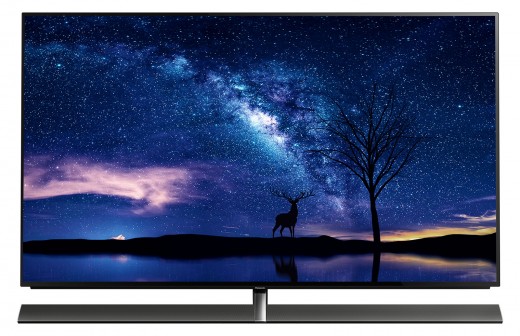
Now. Apple Tree.
Apple Tree is taking the Apple brand beyond its current borders of possibilities, and everything that Apple has done to innovate the tech industry is going to move onto larger appliances and technological devices.
The living room entertainment experience is essentially the entry point for Apple Tree, and the logo for the bigger appliance brand is an Apple tree with a single apple hanging from a branch, coming out from the right.
The product line that will send Apple's brand into the larger electrical appliances is the TV. The television market is generally non-volatile as brands have all had their crack at being the leading innovator, revolutionising the TV appliance market.
The brand, Apple Tree, is going to immediately represent the Apple brand (parent company) due to its material that makes up the shell of their TV appliances. The Apple Tree TV will have chrome finished metal designs, and will portray the ultra-modern household, as the screens for Apple Tree are to be the thinnest that the market has ever seen. Not paper, but is paper thin.
The Apple marketing has long been aimed at a variety of product lines, and they have kept relatively distant from the TV appliance market. This is largely due to keeping their shareholder happy, as no one wants their business making risky market entry decisions that could cost the company billions in losses which would ultimately cause market share prices to drop.
However, the TV market has for a long time now been garnering attention from Apple users, as it only makes sense for consumers who have an iMac, Macbook, iPhone, iPod, and iPad to want a TV that portrays their appeal to the Apple brand. The Apple brand has suffered previously in research and development for the entry into the TV appliance market, and have since steered clear of the market, entirely,
But, Apple is a risk taker, and the TV market is beginning to look futuristic, and every time this happens Apple users are thinking to themselves, "why am I not looking at an Apple TV screen, and not an LG TV". This is due to Apple's reluctance to address their intentions towards the larger electrical appliances.
Where Can I Find Apple Tree?
This is essentially the same question as, "where can I find an Apple TV appliance?"... and the answer to both would be absolutely nowhere.
This is merely an educated guess post, but does have a fairly subtle build up to the main event.
Sure, the western society love the Apple technology giant.
The western world does not however see Apple as a big appliance brand, and the biggest product line that Apple do is there computers and laptops, Apple-y known as the iMac and Macbook. So creative!
How Viable Would an Apple TV Manufacturing Division Be?
For Apple to start manufacturing TV's they would need to first decide on where exactly to put themselves within the market space. For Apple, this would perhaps need to be done through a stretch on the branding side. Apple does not at first feel like a TV manufacturer, but rather a brand that would not even be found in the same room, unless these branded devices were just lying around.
So enters Apple Tree. This is a brand extension and would essentially work as a separate brand from Apple's computer manufacturing and other electrical devices. This is a brand that wants to have its solo practice abilities away from the hustle and bustle of the rest of the Apple technology universe.
With Apple, there is almost too many product lines to stay up to date with. From the iMac/Macbook, to the iPhone, the iPad, and even the iPod for fans of the traditional Apple music player products. Then, Apple likes to add to their service with exceptional software within each of their tech products, and this runs into the iOS system, their digital store - known as iTunes, and many other tidbit expansions on the Apple software and hardware. Basically, Apple technology is some of the easiest to control, but is simply endless in capabilities and functioning.
This is why it would be a more plausible avenue for Apple to take the scenic route away from their smaller tech products, and separate their large electrical appliances from the brand itself. This is why we have formed the brand, Apple Tree, as it is the greater picture and formidable belonging for the Apple symbolised on the traditional Apple logo.
You know, the logo where there is a bite having been taken out of the Apple, and so was the creation of the Apple technology manufacturer. Now, we want to take a look at a fresh Apple, and we have chosen this particular Apple tree, unique because there is only one branch with one apple hanging from the branches edge.
The Apple user at this moment is stood staring at the Apple tree that has only one apple hanging from its branches stem, and in the hand of this user is the original Apple logo, and this is the representation for the iPhone, iPod, iPad, etc.
Essentially, the Apple Tree is the Apple corporations next step in providing improved and innovated technology for home entertainment. Brands like LG, Samsung, Panasonic, and Sony have long been making their efforts at the greatest TV appliance experience, and in these efforts we have seen an abundance of life within these expertly designed and engineered products.
Apple is quite like Sony and Samsung in the sense that they will have both endured the times of the big-back to the computer box in the earlier days of the computing industry. But, Apple has otherwise taken separate routes when it came to the home entertainment business. Apple would sooner own Apple TV, a device that offers instant access to the iTunes store, streamed directly onto your TV, instead of the option to create an actual TV appliance.
Apple curve ball the entire technology industry, similar to Microsoft, and again, different to Microsoft, in that Apple will not even entertain the thoughts of making TV appliances, gaming consoles, or kitchen appliances like refrigerators, microwaves, washing machines, dishwashers, and dryers, etc. Apple feel they are strong as computer engineers, turned small appliance genius innovators.
Apple Goes Big!
Would you be interested in seeing an Apple Tree TV manufacturer brand, take off?
Thanks!
There will be more added to the making of Apple's TV manufacturing division in the future. If you want to know more about our ideas for Apple Tree home entertainment and kitchen appliances, then be sure to follow for more.

